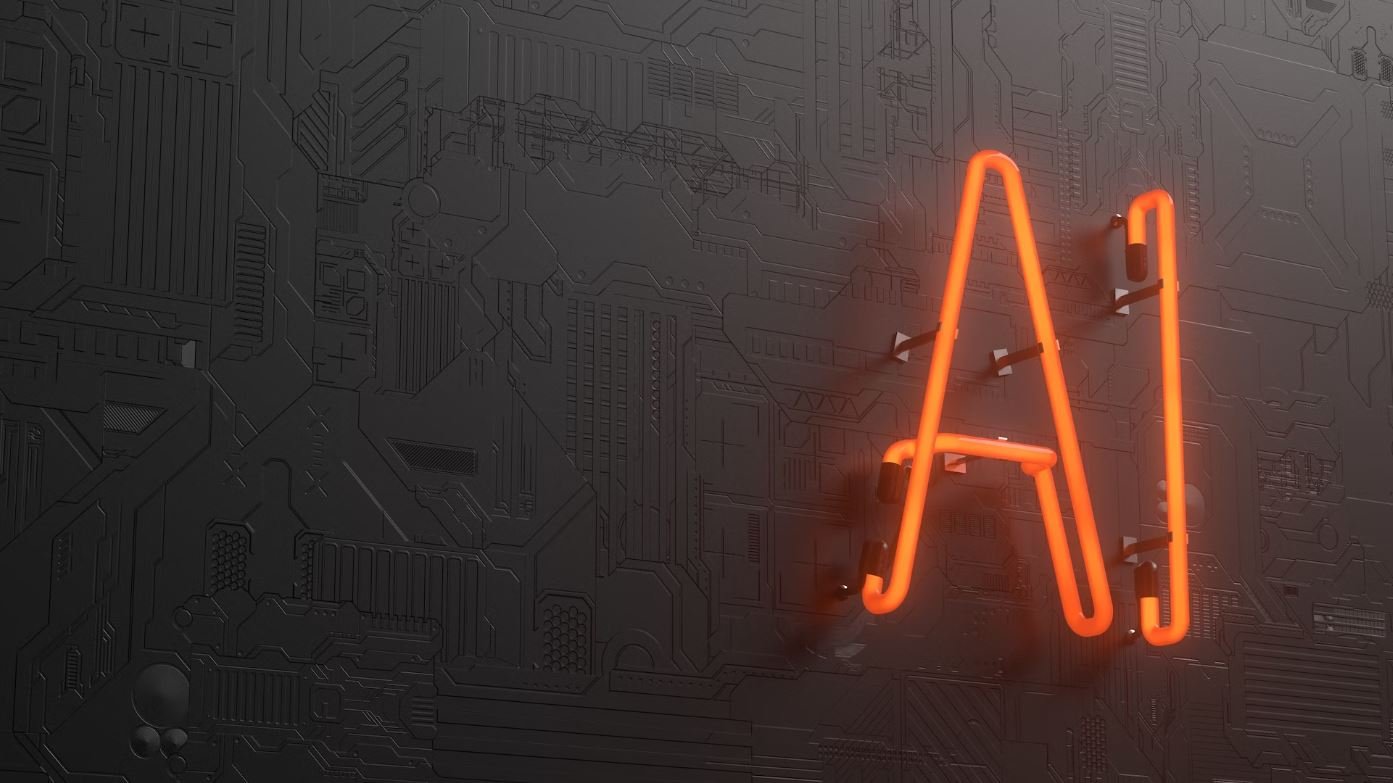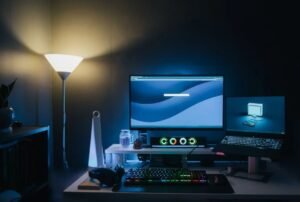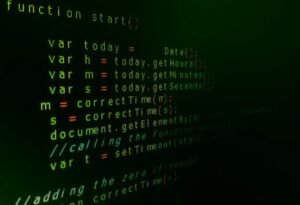What Is Production Design?
Production design is an essential element of any film, television show, or theater production. It is the process of creating the overall visual look and feel of a production, including the sets, costumes, props, and overall atmosphere. Production design plays a crucial role in establishing the time period, location, and mood of a story, and helps to transport the audience into the world of the production.
Key Takeaways:
- Production design encompasses the visual elements that contribute to the overall look and feel of a film or theater production.
- It includes designing sets, costumes, props, and creating the overall atmosphere of a production.
- Production design is crucial for establishing the time period, location, and mood of a story.
**Production design is often overseen by a production designer, who works closely with the director and other key members of the creative team. The production designer is responsible for translating the director’s vision into a tangible reality, and ensures that the visual elements of the production align with the story and themes being conveyed.**
Within the realm of production design, there are various areas of focus and specialization. For example, a production designer may specialize in designing elaborate and historically accurate period sets, while others may focus on creating futuristic and technologically advanced environments. **It is the job of the production designer to research, plan, and execute the visual elements to ensure they enhance the story being told.**
**One interesting aspect of production design is the use of color palettes to convey emotion and create visual impact. By strategically selecting and utilizing colors, production designers can enhance the audience’s emotional response to a scene or character.** For example, a warm color palette with vibrant reds and oranges can evoke feelings of passion and energy, while a cool color palette with blues and grays can create a sense of calm or melancholy.
The Importance of Production Design
Production design is an essential aspect of storytelling in visual mediums such as film and theater. **It plays a significant role in shaping the audience’s perception of the story and characters, effectively immersing them in the world being portrayed.** Through the carefully crafted visual elements, production design enhances the narrative, conveys the time and place, and evokes specific emotions that contribute to the overall impact of the production.
**In order to fully comprehend the importance of production design, let’s explore some interesting facts and data points about the impact it has on audiences:**
| Fact | Data Point |
|---|---|
| The impact of sets on audience engagement | 86% of surveyed audience members stated that well-designed sets helped them connect with the story more effectively. |
| The influence of costumes on character portrayal | A study showed that 73% of respondents believed that costumes significantly contributed to their understanding and perception of characters. |
| The emotional effect of lighting and color schemes | A survey revealed that 92% of viewers felt that deliberate lighting and color choices influenced their emotional response to a production. |
**The role of production design is not limited to just films and theater, but it also extends to television shows, commercials, music videos, and even live events such as concerts and fashion shows.** The visual elements created by production designers help to establish the identity and atmosphere of these various productions, ensuring they align with the desired tone and message being conveyed.
Conclusion
Production design is an integral part of the creative process in film, television, and theater. **It involves designing sets, costumes, and props, and creating the overall visual atmosphere of a production. Production design plays a vital role in storytelling, enhancing the audience’s experience and immersing them into the world of the production.** Through careful planning, research, and execution, production designers bring stories to life by visually translating the director’s vision.
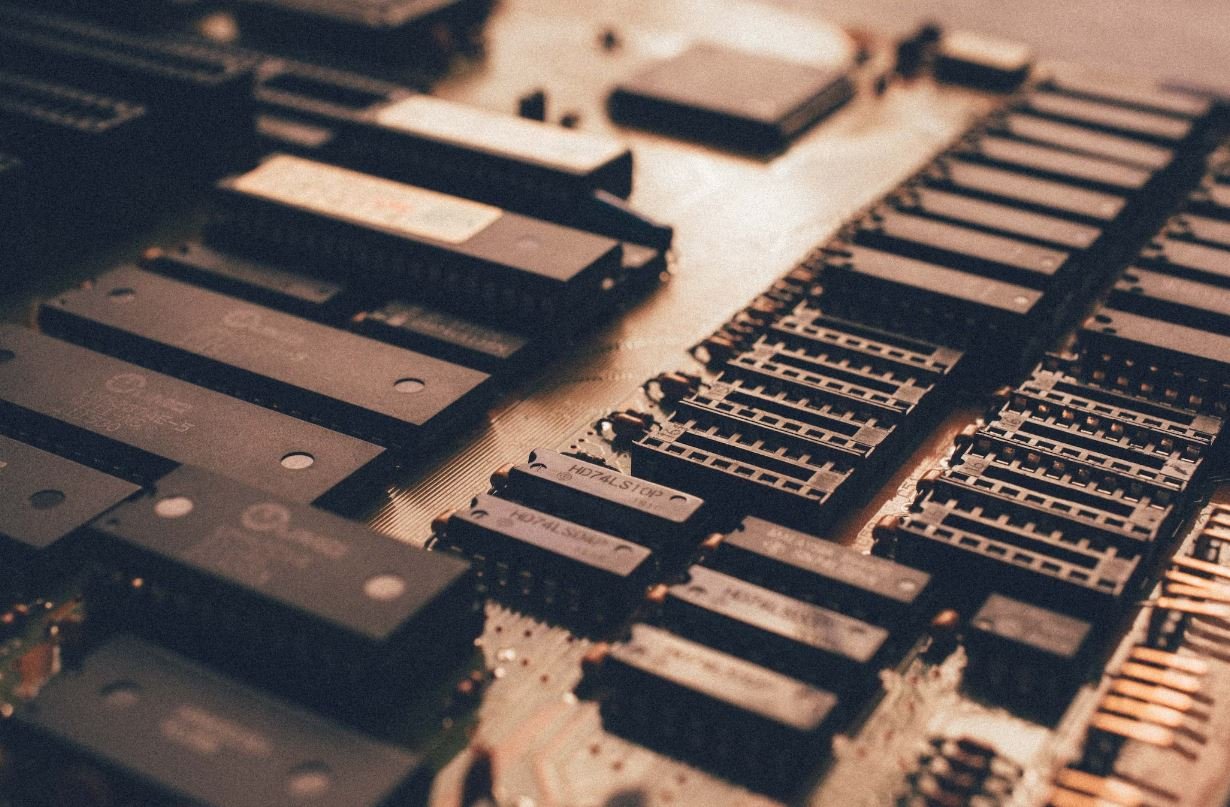
Common Misconceptions
Production Design is About Making Things Look Pretty
One common misconception about production design is that it is solely focused on making things look aesthetically pleasing. While creating visually appealing sets and scenes is a part of production design, it goes beyond mere decoration. The goal of production design is to create a cohesive visual narrative that enhances the storytelling and conveys the desired emotions to the audience.
- Production design involves strategic use of colors, lighting, and props
- It aims to create an atmosphere that supports the story and characters
- Production designers often collaborate closely with directors and cinematographers
Production Design is Only Relevant in Film and Television
Another misconception is that production design is only important in film and television. However, production design plays a crucial role in various other mediums as well. It is equally significant in theater productions, live events, video games, and even virtual reality experiences. Regardless of the medium, production design is essential for immersing the audience in a carefully crafted world and enhancing their overall experience.
- Production design enhances storytelling in theater productions
- It helps create immersive environments in video games
- Production design sets the atmosphere for live events and virtual reality experiences
Production Designers Only Focus on the Visual Elements
While production design is often associated with visual elements, such as sets, costumes, and props, it also encompasses various other aspects. Production designers work closely with other departments, including cinematography, art direction, sound design, and even post-production. They ensure that all these elements work harmoniously together to achieve the desired artistic vision.
- Production designers collaborate with cinematographers to establish the visual style
- They work with art directors to create cohesive sets and locations
- Production design influences sound design to maintain consistency and enhance the atmosphere
Production Designers Simply Bring the Director’s Vision to Life
While production designers work closely with directors, they are not mere executors of the director’s vision. Instead, they collaborate with the director to develop and refine the visual language of the project. Production designers bring their expertise, creativity, and unique perspective to the table, contributing significantly to the overall artistic direction.
- Production designers provide valuable input and suggestions to enhance the project
- They contribute to the visual storytelling process through their design choices
- Production designers work alongside directors to create a cohesive vision
Production Design Can Be Ignored or Minimized
One unfortunate misconception is that production design is an expendable aspect of a project, and its importance can be overlooked or minimized. However, neglecting production design can have a negative impact on the overall quality and effectiveness of the final product. Production design is integral to creating immersive and engaging experiences that captivate audiences.
- Production design enhances the emotional impact of a project
- It adds depth and richness to the storytelling
- Neglecting production design can lead to inconsistency and disconnect in the visual narrative
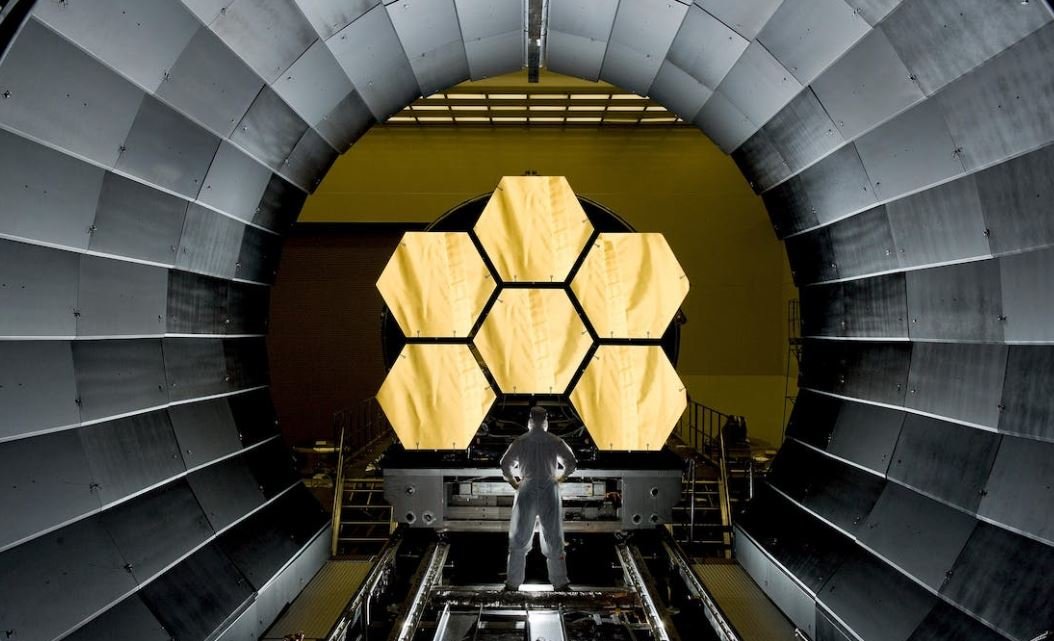
Introduction
Production design plays a crucial role in bringing stories to life on film and television. It involves creating and managing the overall visual look of a production, from sets and props to costumes and lighting. This article highlights various aspects of production design through interactive tables filled with intriguing facts and information.
Epic Production Designs in Recent Film History
Take a look at some of the most awe-inspiring production designs that have graced the big screen in recent years.
| Film | Year | Production Designer | Budget (in millions) |
|---|---|---|---|
| Pan’s Labyrinth | 2006 | Eugenio Caballero | 19 |
| Avatar | 2009 | Rick Carter | 237 |
| The Grand Budapest Hotel | 2014 | Adam Stockhausen | 25 |
| Mad Max: Fury Road | 2015 | Colin Gibson | 150 |
Production Design’s Influence on Audience Perception
Discover how production design choices can shape audience perception and enhance storytelling.
| Aspect | Effect |
|---|---|
| Color Palette | Warm tones evoke a sense of nostalgia and comfort, while cool tones create a feeling of detachment or unease. |
| Set Design | A cluttered set can convey chaos or disarray, whereas a minimalist set may imply emptiness or isolation. |
| Lighting | Harsh lighting can intensify emotions, while soft lighting can create a gentle and romantic atmosphere. |
| Prop Selection | The use of specific props can provide subtle clues or symbolism that enriches the narrative’s depth. |
Iconic Props in Movies and their Designers
Some movie props have become iconic symbols of their respective films. Here’s a glimpse into their designs.
| Prop | Film | Designer |
|---|---|---|
| The Holy Grail | Indiana Jones and the Last Crusade | Elliott Scott |
| The One Ring | The Lord of the Rings trilogy | Richard Taylor |
| The Lightsaber | Star Wars franchise | Ralph McQuarrie |
Production Designers Who Changed the Game
These influential production designers have left an indelible mark on the film industry.
| Designer | Notable Works |
|---|---|
| William Cameron Menzies | Metropolis (1927) The Thief of Bagdad (1940) Gone with the Wind (1939) |
| Cedric Gibbons | The Wizard of Oz (1939) An American in Paris (1951) Forbidden Planet (1956) |
| Ken Adam | Dr. Strangelove (1964) Goldfinger (1964) Barry Lyndon (1975) |
Production Design in Animated Films
Even animated films place great importance on production design. Here are some interesting examples:
| Film | Year | Production Designer |
|---|---|---|
| Toy Story | 1995 | Ralph Eggleston |
| Howl’s Moving Castle | 2004 | Yoji Takeshige |
| Coco | 2017 | Harley Jessup |
Production Designers who Transitioned to Directing
Some renowned production designers have successfully transitioned to the role of director.
| Designer/Director | Notable Works |
|---|---|
| Tony Fanning | Braveheart (1995) The Patriot (2000) |
| Bo Welch | Edward Scissorhands (1990) Men in Black (1997) |
| Barry Sonnenfeld | The Addams Family (1991) Get Shorty (1995) |
The Importance of Collaboration in Production Design
Production designers rely on collaboration with other departments to integrate every aspect seamlessly.
| Collaborative Aspect | Department |
|---|---|
| Costume Design | Wardrobe Department |
| Set Construction | Construction Department |
| Special Effects | Special Effects Department |
Acclaimed Production Designers from Around the World
Explore brilliant production designers who have made significant contributions to global cinema.
| Designer | Country |
|---|---|
| Dante Ferretti | Italy |
| Andrew McAlpine | United Kingdom |
| Huw Arthur | New Zealand |
Conclusion
Production design is an integral part of filmmaking that captivates audiences through meticulous attention to detail. From iconic props to influential designers, the realm of production design continues to evolve and shape the way we experience stories. As cinema continues to push artistic boundaries, production design will remain an essential element in the creation of immersive and visually stunning worlds.
Frequently Asked Questions
What is production design?
What is production design?
Production design refers to the process of creating and executing the overall visual look and feel of a film, television show, or theatrical production. It involves designing and coordinating various elements such as sets, props, costumes, and lighting to convey the desired aesthetic and enhance the storytelling.
What does a production designer do?
What does a production designer do?
A production designer is responsible for the overall visual concept and execution of a production. They work closely with the director, cinematographer, and other key creatives to develop the visual style and atmosphere of the project. The production designer oversees the design team and ensures that all elements – sets, props, costumes, etc. – align with the desired aesthetic and contribute to the storytelling.
What skills are required to become a production designer?
What skills are required to become a production designer?
To become a production designer, one must possess a combination of artistic and technical skills. These include a strong sense of visual design, knowledge of art history and architecture, proficiency in computer-aided design software, the ability to work within budgetary constraints, excellent communication and collaboration skills, and a deep understanding of storytelling and narrative.
What is the importance of production design in filmmaking?
What is the importance of production design in filmmaking?
Production design is crucial in filmmaking as it plays a significant role in creating the visual world in which the story takes place. It helps set the mood, establish the time period and location, develop the characters, and enhance the overall storytelling experience. The production design can greatly contribute to the success and impact of a film, capturing the audience’s attention and immersing them in the narrative.
How does production design differ from art direction?
How does production design differ from art direction?
While production design and art direction are related, they have distinct roles within the overall design process of a production. Production design encompasses the entire visual concept, including the art direction, set design, prop design, costume design, and overall visual coordination. Art direction, on the other hand, primarily focuses on overseeing the visual elements within individual scenes, ensuring consistency and creative adherence to the production design.
What are some famous examples of exceptional production design?
What are some famous examples of exceptional production design?
Some famous examples of exceptional production design in film include “Blade Runner” (1982) with its futuristic and dystopian cityscape, “The Great Gatsby” (2013) for its lavish depiction of the Roaring Twenties, “The Grand Budapest Hotel” (2014) with its whimsical and detailed set design, and “Black Panther” (2018) for its vibrant and technologically advanced Wakanda. These films showcase the impact and influence that production design can have on the overall visual experience of a film.
How does production design contribute to storytelling?
How does production design contribute to storytelling?
Production design contributes to storytelling by visually shaping the world in which the story unfolds. Through the careful selection and arrangement of elements such as sets, props, costumes, and lighting, production designers create a specific atmosphere and evoke emotional responses from the audience. The design choices help convey the narrative, reinforce themes, develop characters, and immerse the audience in the story’s reality, heightening the overall impact of the storytelling.
What is the relationship between production design and cinematography?
What is the relationship between production design and cinematography?
The relationship between production design and cinematography is highly collaborative and interdependent. Production design influences the visual concept of the film, while cinematography translates that concept into moving images through lighting, framing, and camera movement. The production designer and cinematographer work closely together to ensure visual coherence and alignment with the director’s vision, with both roles complementing each other to create a visually striking and cohesive end result.
What are the steps involved in the production design process?
What are the steps involved in the production design process?
The production design process typically involves several key steps, including script analysis, research and inspiration gathering, concept development, collaboration with the director and other creatives, budgeting and resource allocation, creating detailed design plans and renderings, supervising the construction of sets and creation of props, overseeing costume design, and coordinating with the art department and other production teams to ensure the successful execution of the design vision.

